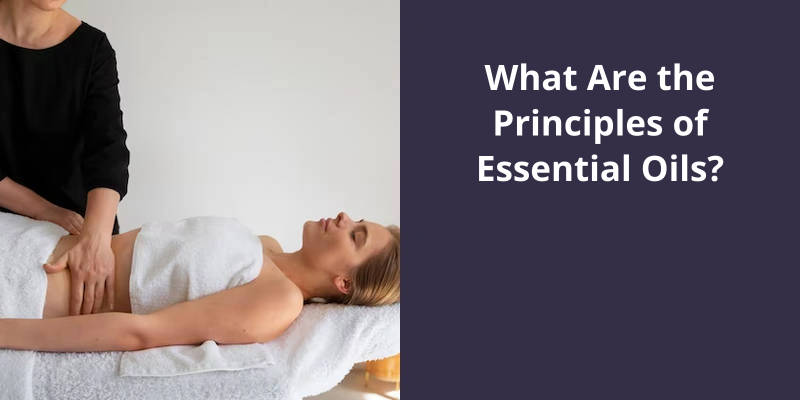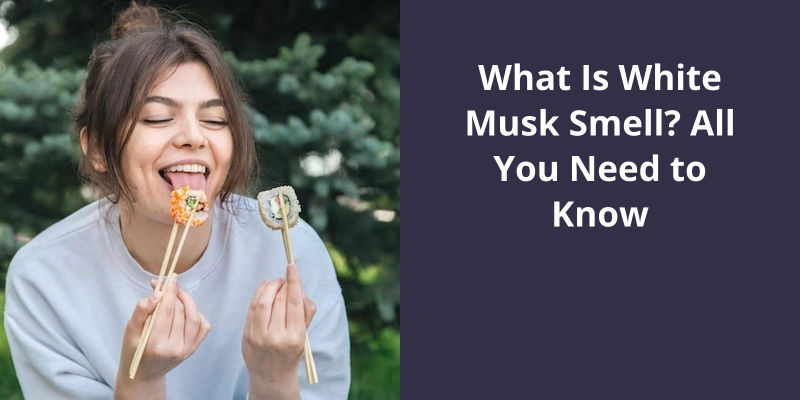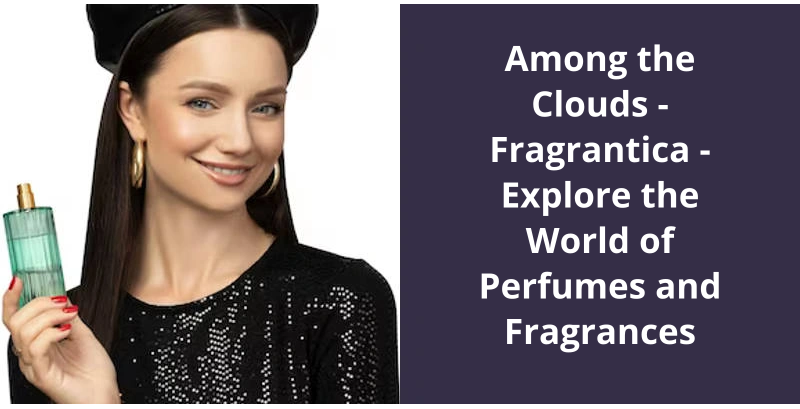The principles of essential oils revolve around their natural origin, purity and beneficial properties. Essential oils are derived from plant parts such as leaves, flowers, roots, and bark. They are highly concentrated and each carries the distinctive scent, or “essence,” of the plant from which it originates. Their purity is crucial as it plays a significant role in their therapeutic value. Without adulteration or synthetic additives, the quality of essential oils is higher. They have myriad uses ranging from aromatherapy, household cleaning products, personal beauty care and natural medicine treatments. Moreover, these oils interact with the human body in different ways – they can be absorbed, inhaled or applied topically. Finally, these oils also possess various beneficial properties such as anti-inflammatory, antibacterial, and antiseptic characteristics among others.

What Is the Concept of Essential Oils?
Essential oils have been used for centuries for their therapeutic properties and are widely used in aromatherapy, skincare, and natural remedies. The principles of essential oils are based on their chemical composition and how they interact with the body. These oils can be inhaled, applied topically, or ingested, depending on the specific oil and it’s intended use.
One principle of essential oils is their volatility, which refers to their ability to evaporate quickly. This property allows the aroma of the oil to be released into the air, providing a pleasant scent. Volatility also plays a role in the absorption of the oils into the body, as they can easily penetrate the skin and enter the bloodstream.
For example, lavender oil contains linalool and linalyl acetate, which are known for their calming and relaxing properties. On the other hand, peppermint oil contains menthol, which has a cooling effect and can help with headaches or digestive issues.
The principle of synergy is also important when it comes to essential oils. This refers to how different oils can work together to enhance their individual properties and create a more powerful effect. For example, combining lavender and chamomile oils can create a calming blend that can help with anxiety or insomnia.
Pure essential oils should be free from synthetic additives or contaminants. High-quality oils are typically extracted from plants that have been grown without the use of pesticides or other harmful chemicals. Additionally, essential oils should be stored properly to maintain their integrity and potency.
It’s important to note that while essential oils can provide various benefits, they should be used with caution and under the guidance of a qualified professional. Some essential oils may cause skin irritation or allergic reactions in certain individuals. It’s always recommended to perform a patch test before using a new oil, and to dilute them properly before topical application.
In addition to their pleasant scents, aromatherapy oils have a range of properties that make them a popular choice for various purposes. These oils have been found to possess antimicrobial activity, making them effective against certain bacteria, viruses, fungi, and pests. Moreover, they’re believed to have antioxidant properties, making them beneficial for overall health and wellbeing. Aromatherapy oils can be used in different ways, including massage, topical application, and inhalation, allowing for versatile and personalized use.
What Are the Properties of Aromatherapy Oils?
Aromatherapy oils, also known as essential oils, possess a wide range of properties that make them highly beneficial for various purposes. One of the prominent qualities of these oils is their antimicrobial activity. This makes them a valuable tool in maintaining a healthy environment and preventing the spread of infections.
In addition to their antimicrobial activity, essential oils also exhibit antiviral properties. They can help in reducing the symptoms and duration of viral infections like cold and flu.
Moreover, these oils are widely recognized for their nematicidal, antifungal, and insecticidal properties. They can effectively combat pests, such as nematodes, fungi, and insects, making them a natural and safe alternative to chemical pesticides. This makes essential oils a popular choice in organic farming and gardening.
Furthermore, the antioxidant properties of aromatherapy oils can’t be overlooked. Antioxidants play a crucial role in combating oxidative stress and reducing the damage caused by free radicals in the body. Several essential oils, such as lavender, rosemary, and tea tree oil, have been found to possess significant antioxidant activity, making them valuable for promoting overall health and well-being.
Massaging the essential oils onto the skin allows their therapeutic properties to be absorbed, providing localized relief or systemic benefits when absorbed into the bloodstream. Topical applications, such as adding a few drops of oil to bathwater or using them in skincare products, can further enhance their effects on the skin. Inhalation of essential oils, either through diffusers or steam inhalation, allows their aromatic compounds to be inhaled, providing respiratory benefits and promoting a sense of well-being.
Their antimicrobial, antiviral, nematicidal, antifungal, insecticidal, and antioxidant properties contribute to their wide range of applications, making them an indispensable tool in natural healing and wellness.
Inhaling essential oils can be done through direct inhalation, steam inhalation, or by using a diffuser. Lastly, essential oils can be ingested by adding them to food or beverages, or by taking them in capsule form. The method of application depends on the desired effect and the specific oil being used.
What Are the 3 Ways Essential Oils Can Be Used?
Another way to use essential oils is through inhalation. This can be done by using a diffuser, adding a few drops to a tissue or handkerchief, or even simply smelling the oils directly from the bottle. Inhaling essential oils can have a direct effect on the brain and emotions, as the scent molecules are absorbed into the bloodstream and can stimulate certain areas of the brain.
Ingesting essential oils is another method of using them, although caution should be taken when doing so. Some essential oils can be toxic if ingested in large amounts or if used improperly. It’s important to dilute the oils properly and follow recommended dosage guidelines. Ingesting essential oils can be done by adding a few drops to a glass of water, using them in cooking and baking, or using them in capsule form.
When using essential oils, it’s important to consider individual sensitivities and allergies. Some people may have adverse reactions to certain oils, so it’s essential to test a small amount on a small patch of skin before using them extensively. It’s also crucial to use essential oils responsibly and under the guidance of a knowledgeable practitioner or aromatherapist. Essential oils are powerful substances and should be used with caution, especially when considering the method of application.
Each method has it’s own benefits and considerations. Whether you choose to use essential oils for relaxation, promoting emotional well-being, or addressing physical ailments, it’s important to understand the principles of essential oils and how to use them safely and effectively.
Topical Application of Essential Oils: This Topic Could Discuss the Various Ways Essential Oils Can Be Applied to the Skin, Such as Through Massage, Topical Creams or Lotions, and Ointments. It Could Also Cover the Benefits of Topical Application and Any Precautions That Should Be Taken.
Topical application of essential oils refers to the practice of applying essential oils directly to the skin. This can be done through methods like massage, using creams or lotions that contain essential oils, or by using ointments that are specifically formulated with essential oils. Topical application is a popular way to use essential oils because it allows for quick absorption into the body, allowing the beneficial properties of the oils to be directly delivered to the targeted area. However, it’s important to note that essential oils are highly concentrated and should be used with caution. Some essential oils may cause skin irritation or sensitization, so it’s recommended to dilute them with a carrier oil before applying to the skin. Additionally, it’s important to do a patch test before using any new essential oil topically to ensure that you don’t have an adverse reaction.
Source: How Do I Choose and Use Essential Oils?
Furthermore, essential oils can also play a role in inhibiting the growth of harmful microorganisms, such as fungi and bacteria, and can act as a defense mechanism against environmental stressors like UV radiation. These complex compounds have evolved in plants over millions of years, adapting to different ecological niches and serving various purposes in nature. While their precise functions are still being unraveled, it’s clear that essential oils contribute to the survival and success of plants in their natural environments.
What Is the Role of Essential Oils in Nature?
Essential oils play a crucial role in the intricate web of nature. While the exact function of these oils in plants isn’t fully comprehended, they’re believed to serve multiple purposes. One such purpose is the role of essential oils in attracting specific insects for pollination. The captivating scents emitted by flowers act as irresistible lures for their respective pollinators, aiding in the critical process of natural selection.
Furthermore, essential oils found in different parts of plants such as the leaves, wood, and roots provide natural protection against various threats. These oils act as potent deterrents, ensuring the plants defense against parasitic organisms and safeguarding it against the depredations of animals. Through their complex composition, essential oils inherently possess antimicrobial, antifungal, and pesticidal properties, which contribute to the plants overall well-being.
Moreover, essential oils have been observed to have affinity towards certain animals, which can play a significant role in their survival and propagation. The distinctive scents emitted by these oils may act as signals for specific animals, attracting them towards the plant. This mutualistic relationship benefits both parties, as the animals receive nourishment while aiding in the dispersal of seeds or pollen, contributing to the plants reproductive success.
The exact principles governing the functions of essential oils in plants are still shrouded in mystery. However, their vital role in the natural world can’t be understated. Further research and exploration are necessary to unlock the full potential and understanding of these remarkable substances.
The Potential Applications of Essential Oils in Agriculture and Pest Control
- Improving soil fertility
- Enhancing plant growth
- Controlling pests and insects
- Repelling mosquitoes and other insects
- Aiding in organic farming practices
- Reducing the use of harmful pesticides
- Preventing the spread of plant diseases
- Boosting crop yields
- Increasing the shelf life of harvested produce
- Promoting biodiversity in agricultural ecosystems
But have you ever wondered, how do these diffusers actually work? To understand the science behind essential oil diffusers, we need to delve into the mechanisms that make this aromatic experience possible.
What Is the Science Behind Essential Oil Diffusers?
What Are the Principles of Essential Oils?
The principles of essential oils revolve around the extraction and utilization of the concentrated, volatile compounds found in various plants. These oils are obtained through methods such as steam distillation, cold pressing, or solvent extraction. The resulting essential oils are highly potent and contain the unique chemical composition of the plant they were derived from.
When it comes to essential oil diffusers, the science behind them lies in the process of aromatherapy. Aromatherapy is the practice of using essential oils to improve physical, emotional, and mental well-being. Essential oil diffusers work by emitting these oils into the air, allowing you to inhale and absorb their therapeutic benefits.
Essential oils are made up of tiny, volatile molecules that can easily evaporate into the air. When diffused, these molecules are dispersed throughout the surrounding space. When you inhale these diffused molecules, they’re absorbed into your body through the respiratory system.
Once inhaled, the essential oil molecules interact with the olfactory system, which is responsible for your sense of smell. The olfactory system is connected to the limbic system in your brain, which controls emotions, memories, and behaviors. This connection is why certain scents can evoke specific emotional responses or trigger memories.
The therapeutic effects of essential oils can vary depending on the specific oil used. Some oils, such as lavender or chamomile, have calming and relaxing properties that can help reduce stress and promote sleep. Other oils, like peppermint or eucalyptus, have invigorating and energizing qualities that can improve focus and mental clarity.
In addition to their effects on the mind and emotions, essential oils also have physical benefits. When inhaled, the tiny oil molecules can enter the bloodstream through the lungs and be carried throughout the body. This allows the oils to interact with various systems and organs, providing a range of potential health benefits.
How Many Types of Essential Oils Are There?
Tea tree: used to fight infections and boost immunity. Lemon: used to improve mood and cleanse the body. Eucalyptus: used to relieve respiratory issues and soothe muscles. Frankincense: used to reduce inflammation and promote relaxation. Rosemary: used to improve memory and promote hair growth. Chamomile: used to aid sleep and calm the mind. Ylang ylang: used to reduce anxiety and improve mood. Sandalwood: used to enhance focus and promote a sense of calm.
The principles of essential oils revolve around their concentrated and potent nature. These oils are derived from plants through various methods such as steam distillation or cold-press extraction. They contain the natural compounds and volatile chemicals that give plants their unique smells and therapeutic properties.
Essential oils are known for their versatility. They can be used in aromatherapy to stimulate the senses and promote relaxation or upliftment. They can also be diluted and applied topically to address various skin concerns or soothe muscle tension. Additionally, some essential oils can be ingested under the guidance of a qualified aromatherapist or healthcare professional to address specific internal health issues.
One of the main principles of essential oils is their ability to interact with the body and mind through the olfactory system. When inhaled, the aroma of essential oils can trigger responses in the limbic system, which is responsible for emotions, memory, and behavior. This is why certain essential oils like lavender are commonly used for stress relief and relaxation.
Another principle of essential oils is their potential to have antimicrobial, antifungal, and antiviral properties. Many essential oils, such as tea tree oil and oregano oil, have been found to have these properties and can be used to fight off pathogens and support the immune system. However, it’s important to note that essential oils should never be used as a replacement for medical treatment and should be used with caution, especially when ingested or applied undiluted to the skin.
Whether used for their aromatic qualities or therapeutic benefits, essential oils offer a wide range of options for supporting physical, mental, and emotional health.
Common Methods of Extracting Essential Oils From Plants
There are various common methods used to extract essential oils from plants. One popular method is distillation, where steam is passed through the plant material, the steam vaporizes the essential oil, and then the vapor is condensed and collected. Another method is cold pressing, which is commonly used for citrus fruits. In this method, the peel or rind of the fruit is mechanically pressed to extract the oils. Solvent extraction is also used, where a solvent like ethanol or hexane is used to dissolve the essential oils from the plant material. The solvent is then evaporated, leaving behind the essential oil. Some other less common methods include enfleurage, maceration, and carbon dioxide extraction. Each method has it’s own advantages and is suitable for different types of plants and essential oils.
Conclusion
In conclusion, essential oils can be considered as a complex composition of various organic compounds, such as esters, aldehydes, ketones, and terpenes, which contribute to their unique aromatic properties. These oils are soluble in alcohol and have limited solubility in water. Whether used in aromatherapy, skincare, or for their natural fragrance, understanding the principles of essential oils empowers individuals to harness their potential and explore the various applications of these natural wonders.





